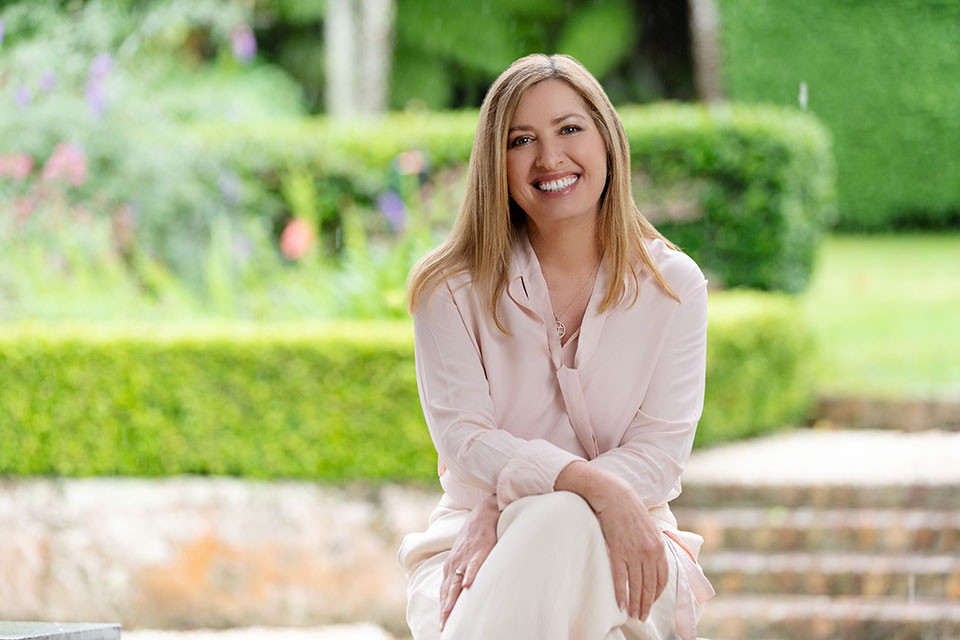Five ways to surface fresh ideas in your next meeting

The way we design and run meetings has a huge impact on our ability to generate fresh ideas. Formal, packed agendas with no flexibility, endless PowerPoint presentations, limited discussion time, and closed rather than open-ended questions can stifle creativity and engagement. To unlock fresh ideas we need to get better at harnessing our collective creativity during meetings. Here are five suggestions for your next meeting to help you and your team surface fresh ideas:
- Up-end the agenda
When proposing agendas for strategic meetings, I often get pushback from leaders telling me, ‘We need more presentations. We don’t need that much time for discussion’. But creative synthesis takes time! As a rule of thumb, every strategy agenda should allow at least three times more discussion time than time for presentations.Better yet, insist that relevant facts, figures, and reports be distributed in advance, so that much more of the meeting can be spent focused on teasing out the meaning behind the information and exploring future possibilities. If you’re planning a strategy meeting, try structuring the agenda based on a series of specific strategic questions the group needs to answer, rather than standard agenda headings.
- Start with what you don’t know
Creativity is nurtured by acknowledging that we don’t have all the answers, and by allowing for the possibility of learning through failure as well as through success. Yet often in meetings with Boards and senior leadership teams, everyone arrives intent on proving what they know and are certain of. This means that very little space is given to acknowledging what is uncertain or not yet known. ‘Not knowing’ can be a powerful source of inspiration, because it means we’re not locked into familiar actions and pathways.Encouraging ‘not knowing’ could be as simple as asking everyone to introduce themselves by stating one thing they’re interested in learning from others in the room. Or acknowledging the importance of looking beyond what we already know. For example, make a list of ‘known unknowns’ and then predicting ‘unknown unknowns’ as part of your conversations about the future.
- Provide creative space
Think about your typical meeting. You’re herded into the standard boardroom that you use all the time. The information on the walls is what you see every day; everyone has their laptops open and a pile of papers in front of them, like mini barricades; and then you’re expected to collaborate and do your best thinking!Simple changes to the physical space or how you use it can make a big difference to creative conversations. You don’t have to change everything. I still work often with boardroom set-ups, because sometimes there’s no other practical option (and let’s face it, not everyone wants to spend all day in a beanbag!) However, think about different room set-ups or alternative venues if you can. For example, set up chairs in an open circle while the tables (and bags and devices) are moved to the side; utilise outdoor spaces for breakout discussions; or choose an interesting venue like a new gallery or an historic location, which could itself provide creative prompts.
- Broaden perspectives
So often, in strategy, we limit ourselves by collaborating with others who understand our work and bring similar perspectives, rather than challenging our thinking by actively seeking different views. Invite an inspiring guest to your meeting or circulate an interesting article as prior reading. You can challenge your people to start with what they know (for example, what your best product or service is right now) and then widen perspective. Ask, ‘What value would an engineer, artist or philosopher see in this product? How would they improve it?’ Or you can widen your time horizon: how might people living in 2040 deal with the problem that your product currently solves? Will the need still be there? - Don’t ignore the raindrop while waiting for lightning to strike
Sometimes, our aspirations for innovation are set so stratospherically high that we miss the opportunity to nurture smaller, fresh ideas. Creative inspiration doesn’t always come like a bolt from the blue. Sometimes it’s more like the first few drops of rain after a hot day. An idea or suggestion is dropped, a few others follow in the same spot, and suddenly you can sense a shift. Just as the first few drops of rain can herald a downpour that ultimately transforms the garden, fresh perspectives and interesting thoughts can build together to provide impetus for new ideas.
Celebrate and pay attention to the small ideas and try to build on them, rather than just waiting for lightning to strike.
Authored by Rosie Yeo.
Have you read?
# Best CEOs In the World Of 2022.
# TOP Citizenship by Investment Programs, 2022.
# Top Residence by Investment Programs, 2022.
# Global Passport Ranking, 2022.
# The World’s Richest People (Top 100 Billionaires, 2022).
# Satya Nadella: The most successful CEO of the Tech industry.
Bring the best of the CEOWORLD magazine's global journalism to audiences in the United States and around the world. - Add CEOWORLD magazine to your Google News feed.
Follow CEOWORLD magazine headlines on: Google News, LinkedIn, Twitter, and Facebook.
Copyright 2025 The CEOWORLD magazine. All rights reserved. This material (and any extract from it) must not be copied, redistributed or placed on any website, without CEOWORLD magazine' prior written consent. For media queries, please contact: info@ceoworld.biz








